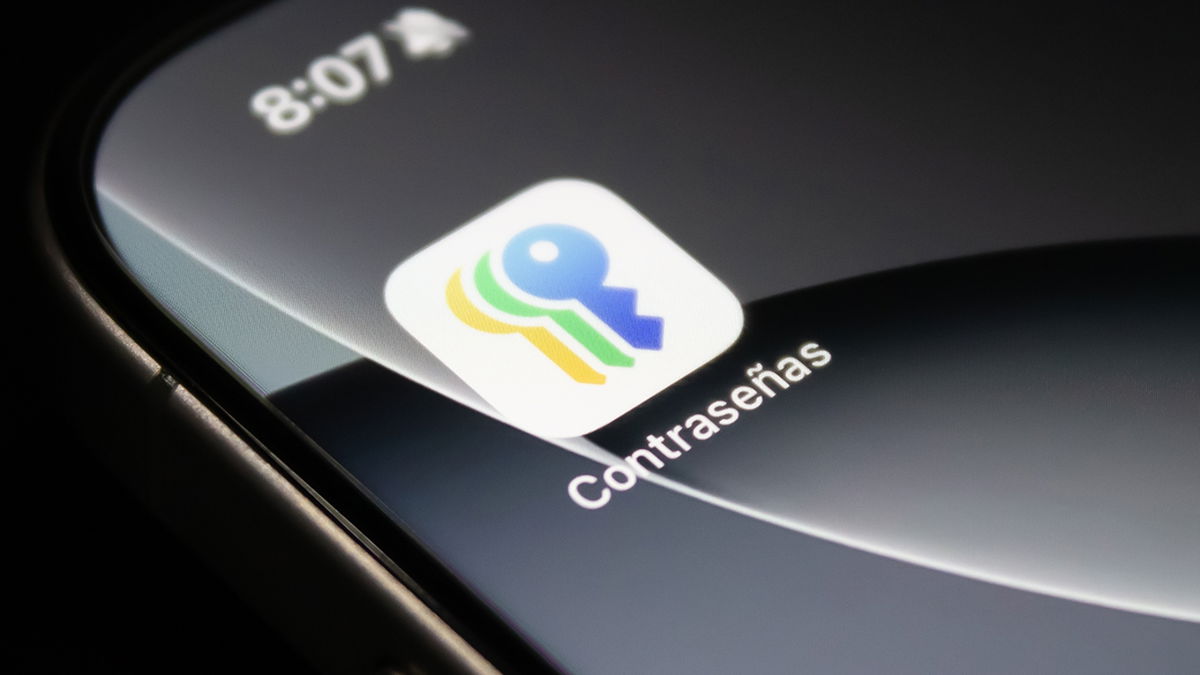In 2009, Motorola launched a mobile phone with which at the time they had the ambition to compete with the iPhone, but beyond that it ended up becoming one of the most important devices since the debut of the Android operating system: was, with an HTC terminal, one of those responsible for the diffusion and popularization of Android.
Known as the Motorola Droid in the United States, the Milestone was the GSM version for Europe and the rest of the planet, with one important difference: the Milestone had a multi-touch screen since its launch, at a time when this one was This is not an option, it is as common as it is today. For the rest, the Milestone It looked like a mobile from the future whose main characteristic actually made it stay in the past..
The hidden physical keyboard was the crown jewel of the Milestone
The Motorola Milestone had a screen that seemed large at the time, measuring around 3.7 inches and having a resolution of 854 x 480 pixels. As I mentioned earlier, its capacitive screen had multi-touch support
However, without a doubt the most striking and interesting thing about Milestone was: the full physical QWERTY keyboard that was hiding under your screen, and appeared by dragging the panel surface and enlarging the size of the mobile. Having the Milestone in hand and performing this action was like when Neo used that iconic cell phone in the first Matrix movie, something from the future, but in reality his goal was already well known in the world of smartphones at that time : for some In companies, having a physical keyboard was synonymous with productivity. Without it, they thought, it wouldn’t be a really useful mobile phone to work with.
The Milestone was my first Android, purchased in December 2009, if memory serves. I used BlackBerry phones for several years. Switching from a BlackBerry Bold to a Milestone with this physical keyboard seemed natural, an evolution of experience. It had that huge multi-touch screen and the benefits of Android, but without giving up a physical keyboard.


Keyboard which, as many Milestone users will recognize, we didn’t really use much of it, actually. Yes, it was useful to have it on hand for typing long text, but I usually responded to text messages (SMS) with the touchscreen keyboard, and I also used this virtual keyboard to browse the Internet .
Its greatest feature was actually a vestige of the past, from the era of BlackBerry and Palm as synonymous with productivity. However, this feature still gave it personality, at a time when cell phones weren’t just a rectangular screen with no bezels or physical features that really set them apart from the rest.
Motorola has once again dared with different designs and ideas, including rollable and flexible mobile phone prototypes
Around the same time we had HTC smartphones, like the legendary HTC Dream or my favorite at the time, the Nexus One (what a great phone it was). Currently Motorola also “played” again with bold and interesting designs, from its foray into the world of foldable products with the new Motorola Razr, to the rollable and flexible prototypes that we have seen at different technology shows around the world. An indication that, perhaps, cell phones will be more fun again in the future.
An iconic and important mobile for Android
The Milestone was at its launch a high-end mobile phone, equipped with a Texas Instruments 600 MHz processor and 256 MB of RAM, figures which seem ridiculous today but which, between 2009 and 2010, were more than sufficient to offer a pleasant experience, enjoying the benefits of Android 2.1 Lightning operating system
In the United States, the Droid was a commercial success, with over 250,000 units sold during its launch week in October 2009 and 1.05 million units sold in less than 3 months. This helped the Droid, or Milestone, become not only a flagship mobile operating system, but also a a very important event in its historyhelping to popularize Android and awakening the interest of many users for the platform.


Its launch in Europe took place in the first months of 2010, with a free price of 500 dollars. Perhaps it didn’t have as much impact in other countries as it did in the United States, but it was still a mobile phone that always attracted attention wherever it went. found, at a time when many manufacturers had left touchscreen keyboards aside, but Motorola bet on this modern and productive hybrid that others did not offer, or at least not with Android.
Motorola continued with the Droid/Milestone line for a few more years, including the launch of the Motorola Milestone 2 and the Moto Droid 3 and Moto Droid 4. Some of these phones were not available worldwide, and the later model equipped with a physical keyboard, the droid 4, arrived in February 2012.
Cover image Shritwod – Wikimedia Commons (CC 3.0)
In Xataka Android | What happened to CyanogenMod
In Xataka Android | Second life for your old mobile: transform it into Android Auto for your car











